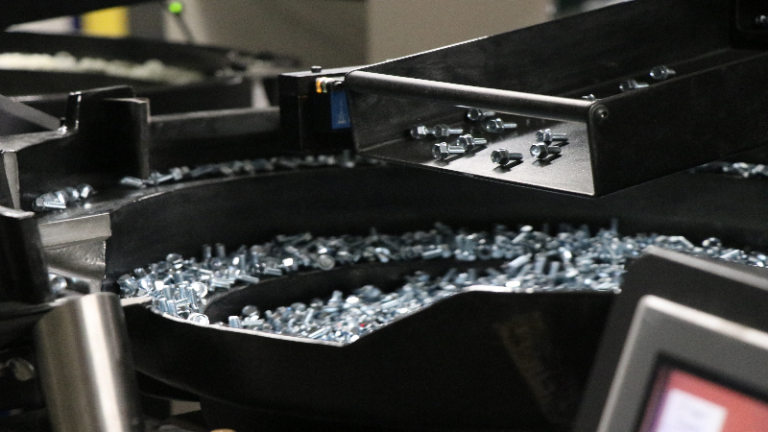A supplier inventory management system reduces operational costs and streamlines procurement. By optimizing inventory handling, lost time doesn’t lead to significant losses. Efficiently managing the inventory of a company tends to decrease how much it costs to run. In today’s economy, there are plenty of technologies available to help manage inventories.
Vendor Managed Inventory System
This is another way to describe a supplier inventory management system. Generally, it’s a set of tools used when suppliers manage inventory instead of buyers. It has several benefits compared to traditional management systems, including cost reductions.
Less Administrative Waste
By letting suppliers manage class ‘c’ commodities, less time is spent on them. So, personnel will have more time to focus on productive activities. Instead of managing C-class commodities, their attention can remain on higher-grade ones.
Efficient Procurement Methodology
Some commodities must be replenished more often than others. But, many companies overstock them, wasting precious resources. An actively-managed inventory system doesn’t have that problem, though. Its methodology minimizes slow-moving inventory and focuses on what’s selling.
Electronic Data Interchange
By labeling items with electronic tabs, a computer system can track them automatically. Whenever they’ve depleted enough, a buy order will issue, sending new ones over. Businesses don’t have to worry about empty shelves if they’re using this.
In-Plant Store
For some clients, suppliers send agents to work onsite with them. This allows the supplier to provide active management on a daily basis for them.








